What does an alder look like and how to grow it?
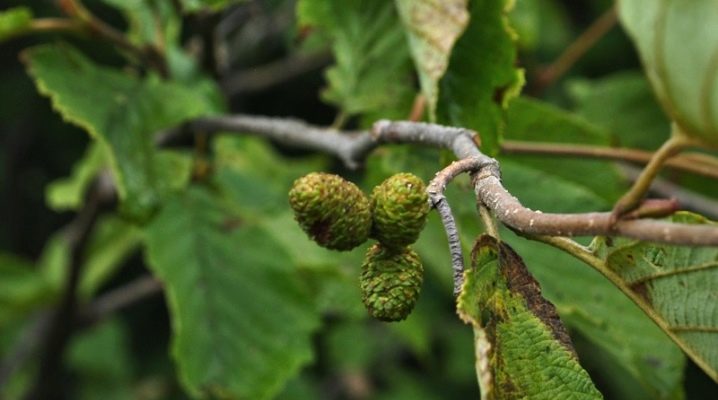
Alder is a beautiful green tree found in many parks and forests. It is quite possible to grow it on your site. The main thing is to study the information about this plant in advance.

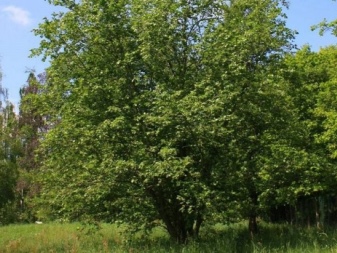
What it is?
According to the botanical description, alder is a large deciduous tree that belongs to the birch family. The height of the plants can be different. Some varieties grow up to several tens of meters in height, but there are also very small plants. Their root system is very powerful. Therefore, trees quickly take root after planting and can grow on different types of soil. The alder leaves are dark green, the leaf arrangement is alternate. It blooms very early. The flowering period begins in spring, immediately after the onset of heat. Literally a couple of days after the formation of earrings on the branches, they elongate. Gusts of wind at this time easily knock pollen out of them. She pollinates female flowers, which eventually grow stiff.
Alder fruits look like little bumps. They have seeds inside. After they are fully ripe, they enter the air and spread around the surroundings. Thus, the alder multiplies. This happens around the 10th year of the tree's life. It is worth noting that alder is not a particularly conflict tree. Therefore, it can be planted next to most plants. This applies to both trees and bushes.
The alder feels best when it is next to a spruce, linden or birch. Around the trunk of a tree, as well as directly on it, various mushrooms often grow.
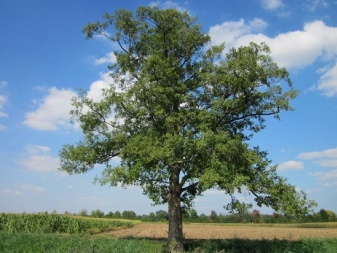

Spreading
In the wild, alder most often grows in areas with moist soil. Therefore, it can usually be seen next to various bodies of water. The habitat of alder in the world is quite large. This tree grows well in the Northern Hemisphere. Several species of alder are found in South America as well as Asia.
In Russia, the most common tree varieties are black alder and gray alder. Eastern alder can be seen on the territory of Transcaucasia. Green alder is found in Siberia. This tree also grows in the mountains of Northern Europe.
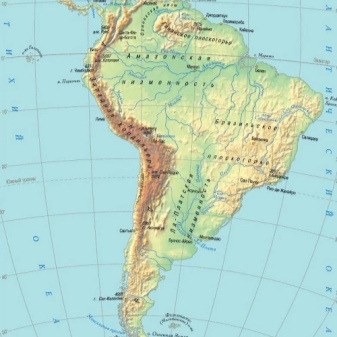
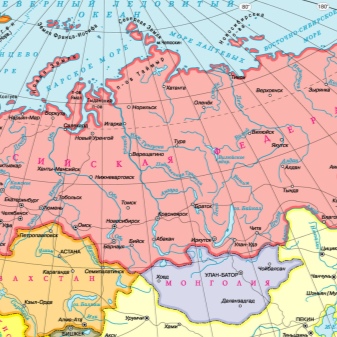
Features of wood
All over the world, alder wood is highly valued. This material has many advantages.
- Resistant to moisture. Wood has a fairly dense structure. Therefore, it can withstand moisture well.
- Versatility. The wood is easy to paint and retains color well. This high density material is often used to simulate more valuable rocks.
- Strength. Alder does not deform even when exposed to high temperatures. Therefore, this material is often used to create a lining or log house.
- Low thermal conductivity. This property allows the material to be used for upholstery in saunas.
- Attractiveness. The treated wood looks very beautiful. Therefore, furniture made from alder is very popular.
The disadvantages of this wood include its low flexibility and elasticity. It is also not highly resistant to fungi. Therefore, the material is always treated with an antiseptic before use.
In general, all the characteristics of alder make it a suitable material for interior decoration of houses, saunas and other premises, as well as for creating light and durable furniture.

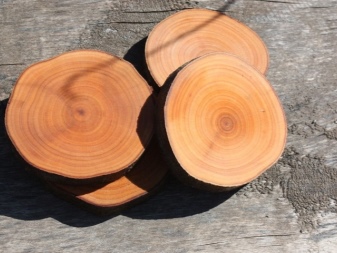
Overview of popular species
Now all over the world there are several dozen species of alder. The most popular are the following.
- Black. This alder is also known as sticky lime. It is this type of tree that is most common in Russia. The most popular varieties of black alder are Imperialis and Laciniata. Adults of this species grow up to 35 meters in height. Black alder develops quickly, therefore, literally in a couple of years after planting, the plant becomes large and beautiful. Black alder lives for a very long time. In nature, representatives of this species are found at the age of 200-300 years. The plant gives abundant growth, so it will be very easy to propagate it if desired. Black alder loves moist soil. It grows best near various bodies of water. Black alder wood has a pleasant light color with a pink tint. It is actively used in production. Paint is made from the bark of this tree.
- Gray. This type of alder differs from others in its size. Plants are more like short bushes. The trunk of the gray alder is curved. It is dark gray in color. The leaves are also distinguished by a grayish tint. A big plus of this type of alder is that it is absolutely unpretentious. The plant grows well in the shade, and is also not afraid of wind and frost. Gray alder can grow even on rather poor soil.
- Solid. This is another short tree. This alder grows up to 2-3 meters in height. She has very flexible branches. The shoots have a pleasant gray-brown color. The leaves of the tree are oblong. Most often, it grows next to rivers or lakes.
- Hanging. In nature, this plant is found in Japan. It is also not very high. The average height of such an alder is 8 meters. Its leaves are elongated, the shoots are flexible and dark. In Russia, this plant is rare.
- Green. This type of tree is common in Western Europe. The average height of an adult alder is 20 meters. The branches of a young plant are grayish-green in color. They darken over time. The foliage has a beautiful oval shape with rounded ends.
- Shrub. This plant is frost-hardy and can grow in cold regions of the country. The shrub grows up to 5-6 meters in height. Its leaves are dark. The crown of a young shrub looks very beautiful. Therefore, it is often used to decorate various areas.
- Manchu. In nature, the tree grows in Japan and the Far East. The plant has good winter hardiness. It reaches a height of 15 meters. In this case, the trunk remains quite thin. The bark of the tree is dark gray; leaves are oval and slightly pointed at the edges.
- Maksimovich. This species was named after a famous botanist who studied the flora of Japan and the Far East. Alder Maksimovich can grow both alone and in groups. Each plant grows up to 10 meters in height. The bark of the tree is gray, and the shoots are flexible.
- Kamchatka. A small shrub grows up to 1-3 meters in height. Its trunk is thick, and the crown is thick. The bark is dark gray in color. Alder leaves are also quite dark. In nature, it grows in the Far East. The plant grows well in undergrowth and on mountain slopes.
- Cut out. The main difference between this species is a narrow decorative crown. This alder looks beautiful at any time of the year. It grows well in cold regions as well as on marshy soils. The plant is unpretentious and develops very quickly in almost any conditions.
- Heart-shaped. It is a thermophilic tree that is found naturally only in Italy. The plant usually reaches a height of 13-15 meters. Young shoots are sticky. Over time, they darken and grow stiff.
- Red. This tree is also common in Russia. It looks very beautiful and grows up to 20 meters in height. The branches and trunk are covered with smooth light bark. The leaves are dark green in color and have neat pointed edges. Red alder is a real decoration for any area.

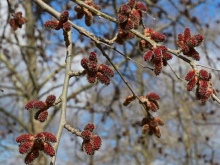
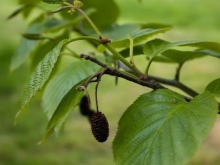
Landing nuances
Since alder is an unpretentious plant, even busy gardeners can plant it on your site. Any soil is suitable for planting. Speaking about the plant's relation to light, it is worth noting that alder is photophilous. But at the same time, it may well develop in the shadows. In general, alder can be planted on either side of the site. For the plant to take root well, it is very important to choose a quality seedling. He must be young and strong. You can determine how quickly the plant will take root by examining the rootstock of the seedling. It is important that it be powerful and strong. When choosing a plant, you also need to pay attention to its root collar. There should be a vaccination site on it.
The planting process of the selected seedling does not take much time. You can plant a plant in summer or autumn. The optimal month for planting is September. Having chosen a suitable place, you need to dig a large hole in the ground. The entire rhizome of the plant should easily fit into it. A drainage layer must be laid at the bottom of the pit. After that, a young seedling is placed in the hole. From above, the roots are covered with earth.
After planting, the seedling must be watered. Alder loves moisture, so it will definitely do her good.

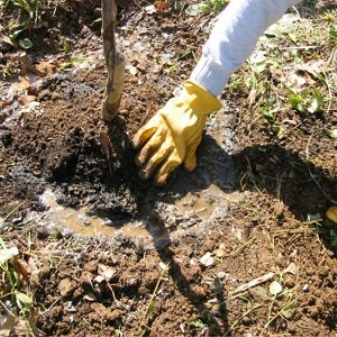
Care
Like other plants, alder needs to be cared for after planting. The owners of the site where this tree grows should remember the following points.
- Watering. Since alder is a moisture-loving plant, it is recommended to water it during dry periods. Warm water is used for irrigation. If the tree grows in the country, it can be watered with moisture collected in barrels during the rain.
- Loosening. In general, it is very rare to loosen the soil in the trunk circle. This is usually done in the process of preparing the site for winter. In addition, the soil is loosened even if there are many weeds in the trunk circle. Some gardeners prefer to mulch the soil with wood chips or peat. This allows you to spend much less time on caring for the tree.
- Protection from pests and diseases. Fungal diseases are dangerous for alder. You need to get rid of them using special drugs. It is recommended to cut and burn the infected areas. Various pests can also interfere with the normal development of alder. It can be arboreal, moth, scoop, lancet, or alder corydalis. It is quite difficult to deal with these insects. First of all, the trunks need to be dug up for the winter. Garden glue traps should be set around trees. Various chemicals also help in the fight. An integrated approach to solving the problem allows you to reliably protect the garden from pests.
- A haircut. Alder does not need regular pruning. As a rule, only the plants used to decorate the site are trimmed on a permanent basis. Pruning is recommended after the leaves have completely fallen off. You need to finish this procedure before the onset of frost. Some branches that have been damaged or infected with some kind of disease can be removed in the summer.
Minimal care for alder allows you to grow a strong and beautiful tree on your site.

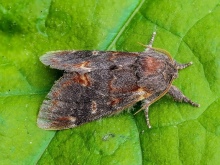
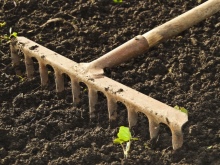
Applications
Alder is not only a beautiful, but also a very useful tree. Often gardeners plant it on the site, trying to improve the condition of the soil. In addition, these plants are actively used in landscape design. Individual parts of alder can also be used in everyday life.
Wood
Solid wood is actively used to create furniture. This material is easy to process. Therefore, alder furniture can be decorated with carvings or paintings at your discretion. In addition, alder is great for imitating valuable tree species. High-quality finishing materials are also obtained from alder wood. Alder lining keeps its shape perfectly. She is not afraid of exposure to moisture or high temperatures. Therefore, baths and kitchens are often trimmed with such clapboard.
The material is also suitable for creating quality floorboards, shelves and doors. In addition, wonderful musical instruments are made from it. Felled trees can also be used to harvest firewood. They are popular with summer residents and villagers.
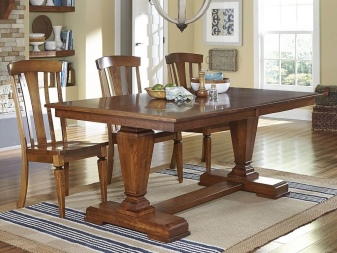
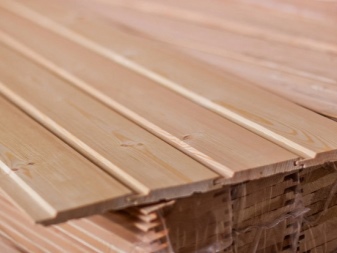
Foliage
Young and dry alder foliage can be used for a variety of purposes.
- Making brooms. Alder brooms are almost as popular as birch brooms. They perfectly remove toxins from the body, help to make the skin smoother and softer. Alder brooms are made from young shoots. You can harvest them yourself.
- Mulching plants. The foliage of this tree contains a lot of nitrogen, as well as useful minerals. Therefore, it can be used for autumn mulching of bushes and trees. In addition, the young foliage produces excellent compost. It can also be used as mulch.
- Cooking broths. Fragrant decoctions from alder leaves help to normalize digestion. To prepare such a simple medicine, you only need boiling water and dry foliage.
For the preparation of decoctions and infusions, it is recommended to use alder foliage, which grows away from the road. In this case, the raw materials will be truly environmentally friendly.
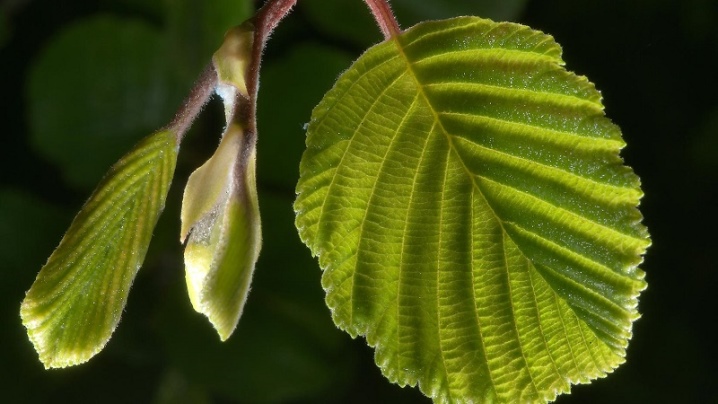
Bark
Paint is made from the bark of black alder. This material can be used for dyeing leather or fabric and at home. To do this, it is enough to soak the bark in water for a couple of days, and then strain this liquid. In the resulting infusion, the fabric should be left for 20-25 minutes. During this time, it will acquire the desired color.
Knowing all this information, one can understand that alder is far from a weed tree. It is very profitable to grow it on your site. Therefore, when planning the arrangement of the territory next to the house, you should pay attention to unpretentious alder trees.




































































The comment was sent successfully.